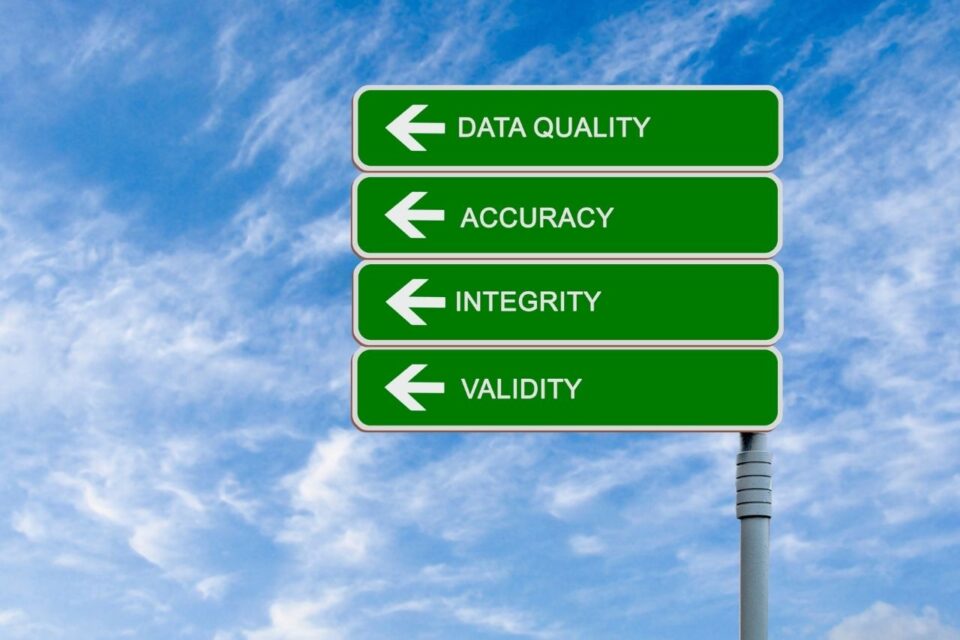
The Growing Importance of Revenue Cycle Management
March 5, 2018
Why Should You Outsource Your RCM This Year?
April 11, 2018Every healthcare agency must follow some simple steps to make sure that they survive in the market as a business.
These steps are what make up the Revenue Cycle Management. This process covers a variety of operations such as registering new patients, managing their appointments and assigning doctors to them. But the insurance, billing, and payment procedures are the most important concerns of a healthcare provider in terms of business.
The following eight steps, however, make the whole RCM process a lot more efficient for healthcare agencies.
The first step is to determine which kind of practice management system would work best for your agency. For that, the skills and abilities of the staff would have to be taken into consideration. This is important so that you know whether the staff will be able to operate the selected system or not. The interface and other system features should be designed according to the ease of operation. This will also make sure that the automation process brings positive change to the agency’s operations instead of making them even more complex.
The next step is to check whether each new patient is eligible for insurance or not. Since healthcare is expensive for most people, they file insurance claims in order to relieve their financial burden. When a new patient checks in, you need to verify their insurance claim so that you know whether they will be able to finance the treatment process or not. Once your system has been automated, you can carry out the verification process with ease.
Checking whether your patient’s insurance claim will be able to cover a certain medical procedure or drug that you may be prescribed to a patient is also critical. But since you can now perform most operations electronically, it is recommended that you rely less on the old ways and adapt to the new technology.
The submission of insurance claims can also be submitted electronically. Claims can now be fed into the electronic system and made to undergo the verification process. This will drastically reduce the excessive amount of paperwork that is usually involved in this process. The number of errors will also be minimized.
The fifth step is to keep a check on the claims status. Now that the claim submission process can be automated, you can get an update on the status of the claim in a short time too. Hence, you will not have to wait for one or two weeks, which is the average time taken to verify a claim manually.
It is now also advised to come up with ERAs so that the payment process can be managed more efficiently. It is basically a summary of the bill and who is going to finance what fraction of the bill. This way, you can know how much revenue each transaction will generate.
The seventh step is to encourage clients to make electronic payments. This will reduce the processing time for payments and will also lead to the simplification of RCM. This goes hand-in-hand with the eighth step: start relying on point-of-service payment collection. This will ensure that your entire RCM process is carried out smoothly and efficiently for each patient that is treated under your care.





